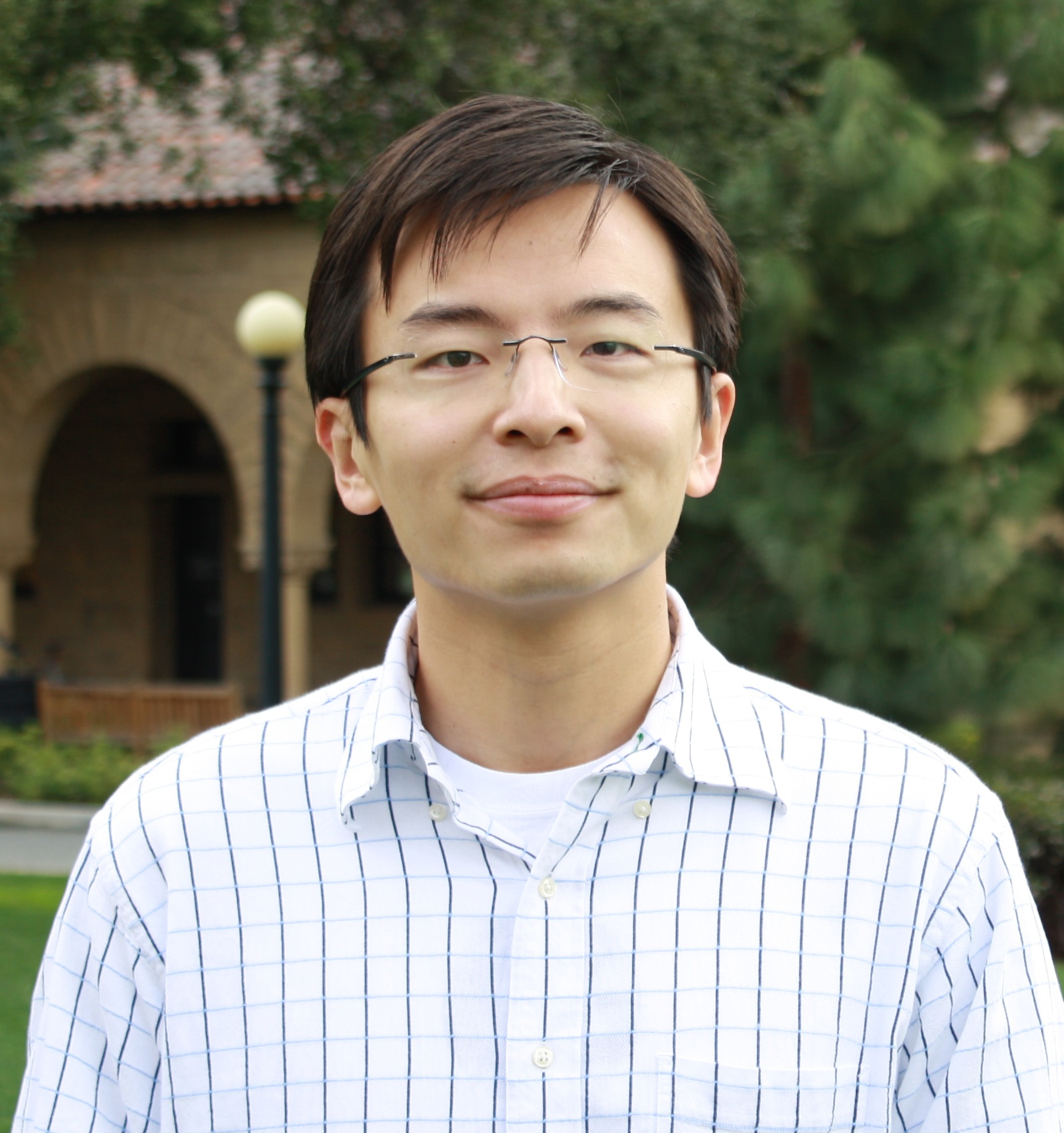
Abstract
Supplying the world with sustainable energy is one of the most pressing issues in modern society. Dramatically improved control over heat, electricity and solar energy is essential to create a new energy paradigm. Nanomaterials with carefully tailored properties (such as interface, geometry) can be used to manipulate the flow of phonons, electrons and photons, to enable novel energy devices in an unconventional manner. In this talk, I will present three examples of nanostructure-enabled energy devices.
As a significant amount of energy is consumed worldwide just for controlling heat flows, advanced thermal power devices for self-control heat flow are very desirable, but significantly underdeveloped. Here I will present the world’s first switchable thermal rectifier, a three terminal nonlinear device for advanced thermal control. It opens the door for a variety of applications, including on-chip cooling, building efficiency, and thermal energy storage.
Photon management, involving both absorption enhancement and reflection reduction, is critical to all photovoltaic devices. Here I will demonstrate a novel nanodome solar cell structure with an efficient photon management design. Two types of photovoltaic devices, amorphous silicon and dye sensitized solar cells, are used to demonstrate the concept. They both achieve the highest short circuit current, and state of art conversion efficiency. More strikingly, the design and process is not in principle limited to any specific material system, hence it opens up exciting opportunities for all classes of photovoltaic devices.
PbSe nanocrystals have shown a greatly enhanced multi exciton generation (MEG) effect, one important step toward third generation solar cells. However, it is difficult to extract generated carriers from nanocrystals without good transport pathways. I will report interesting PbSe hyperbranched and chiral branched nanowires, promising structures for enhancing the MEG effect, light absorption, and carrier collection. More excitingly, chiral branched nanowires reveal a new nanowire growth mechanism, dislocation driven growth, which can be applied to a variety of materials.
Biography
Jia Zhu is currently a postdoctoral scholar at University of California, Berkeley and Lawrence Berkeley National Lab. His scientific research interest is in the area of solid state materials and devices. Dr. Zhu has published approximately 20 papers in peer-reviewed journals. He is a reviewer of over 20 scientific journals. He received his M.S. and Ph.D. in Electrical Engineering from Stanford University, in 2007 and 2010, respectively. He received his B.S. in Physics from Nanjing University in 2003. He has received several awards, including: Division of Inorganic Chemistry Yong Investigator Award (American Chemical Society, 2011), Gold Medal of Graduate Student Award (Material Research Society, 2010), and Chinese Government Award for Outstanding Students Abroad (2009).